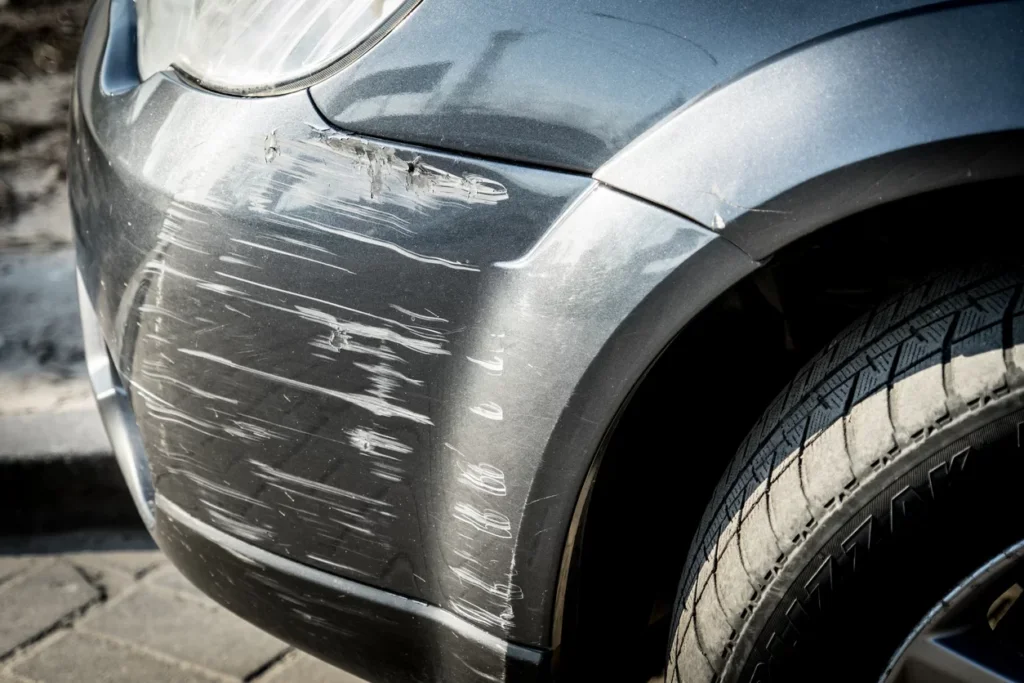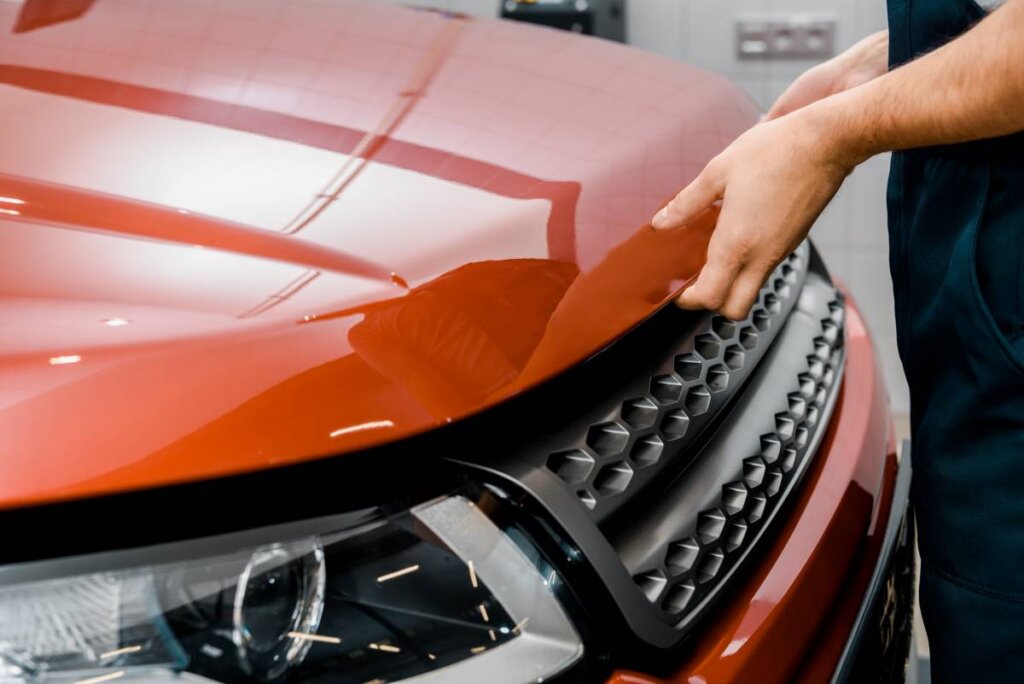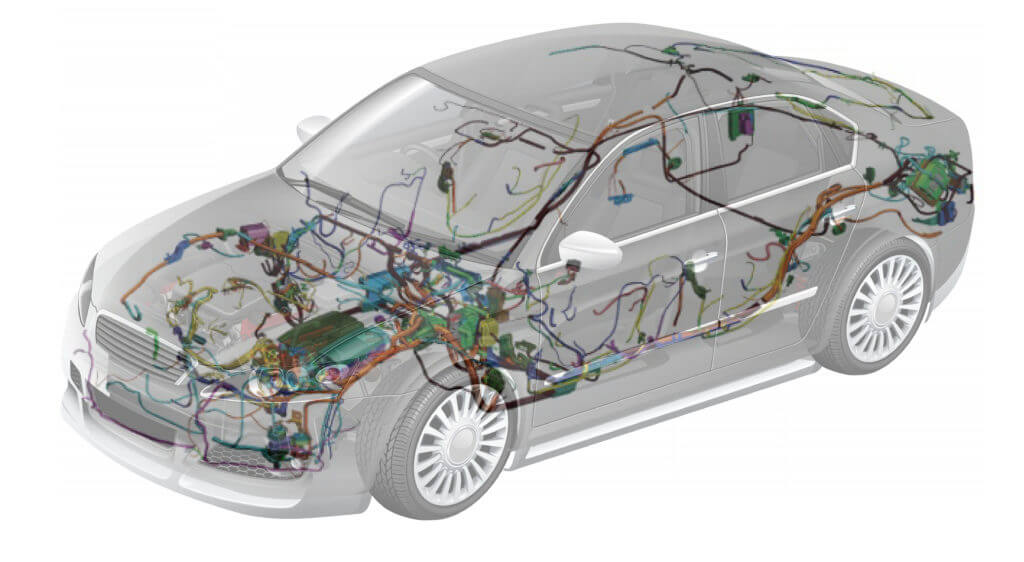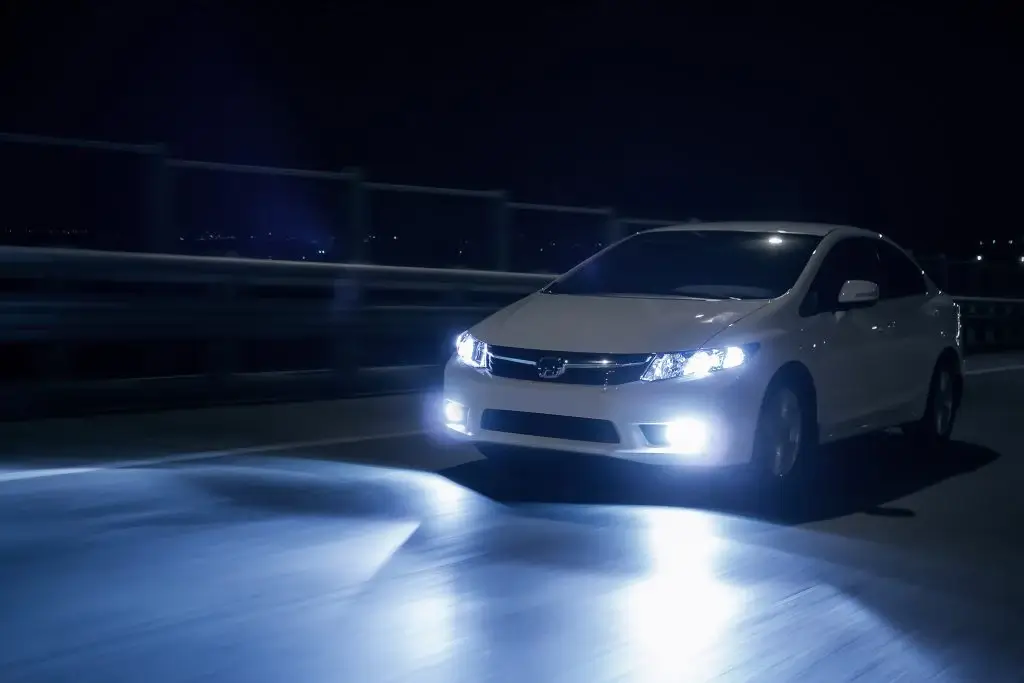The ignition switch is secured to the steering wheel behind the ignition cylinder. Almost all of your vehicle’s electrical systems are activated by this component. When the switch malfunctions, you’ll probably notice one or more issues that need immediate attention. Bad ignition switch symptoms can be eye-catching most of the time. So if you notice any of the symptoms, you should consider fixing them right away.
In this blog, we will discuss every symptom out there and the reasons why the symptoms can come up to your vehicle. We will also discuss how much it cost to fix them.
Major Bad Ignition Switch Symptoms
An ignition switch is a critical component in a vehicle’s starting system. It is responsible for transferring power to the starter motor and initiating the engine’s ignition process. When an ignition switch fails, it can cause a host of problems that can affect the safety, reliability, and overall performance of a vehicle. Here are nine common bad ignition switch symptoms that drivers may encounter:
Difficulty Starting the Engine:
A faulty ignition switch can make it difficult or impossible to start the engine. In some cases, the engine may crank but fail to start.
Engine Stalling:
If the ignition switch fails while driving, the engine may suddenly stall, causing a dangerous situation on the road.
Intermittent Starting Issues:
A bad ignition switch may sometimes work properly, but other times fails to start the engine, leading to unpredictable behaviour.
Dead Battery:
A faulty ignition switch can drain the battery by leaving electrical components ON, such as lights and radios, even when the engine is off.
Power Loss:
A failing ignition switch may cause a loss of power to various electrical components, such as the fuel pump, resulting in poor engine performance.
The Ignition Key Won’t Turn:
A worn-out ignition switch may prevent the ignition key from turning, making it impossible to start the engine.
Dashboard Lights Flicker or Turn Off:
A faulty ignition switch may cause the dashboard lights or check engine light to flicker or turn off completely, making it difficult to read important information while driving.
Faulty Starter Motor:
A bad ignition switch can damage the starter motor by sending too much or too little power, resulting in a malfunction or complete failure.
Sudden Engine Shutdown:
In some cases, a failing ignition switch may cause the engine to shut down unexpectedly, creating a hazardous situation on the road.
If you experience any of these symptoms, it’s important to have your vehicle inspected by a qualified mechanic as soon as possible to diagnose and repair any ignition switch problems before they become a safety hazard.
C.T.A – If you want operational ignition switch, then you can rely on OEM Used Car parts. We have wide range of engine car parts of various car makes and models.
Root Causes Behind Bad Ignition Switch Symptoms

When an ignition switch fails, it can cause a host of problems that can affect the safety, reliability, and overall performance of a vehicle. Here are some common reasons behind a bad ignition switch:
Wear and tear:
Over time, the mechanical parts of an ignition switch can wear out or become damaged due to regular use, resulting in a faulty switch.
Electrical issues:
The electrical components of an ignition switch, such as the wiring or contacts, may become corroded, loose, or damaged, leading to poor performance or failure.
Faulty key:
A worn-out or damaged key can cause the ignition switch to fail, preventing the engine from starting.
Extreme temperatures:
Exposure to extreme temperatures, such as extreme cold or heat, can cause the materials in an ignition switch to expand, contract, or become brittle, leading to failure.
Ignition lock cylinder issues:
The ignition lock cylinder holds the key in place and turns the ignition switch. It may become worn or damaged, preventing the switch from turning properly.
Installation issues:
A poorly installed ignition switch can cause problems with the wiring, connections, or positioning, leading to failure.
Foreign objects:
Small objects, such as dirt, debris, or metal shavings, can become lodged in the ignition switch. It can cause damage or prevent the switch from functioning properly.
Manufacturing defects:
In rare cases, a faulty ignition switch may be the result of a manufacturing defect, such as faulty materials or poor quality control.
It’s important to have your vehicle inspected by a qualified mechanic if you suspect an issue with your ignition switch. Ignoring problems with the switch can lead to unsafe driving conditions and poor vehicle performance. A trained professional can diagnose the cause of the problem and repair or replace the switch as needed to ensure your vehicle is operating safely and efficiently.
Cost to Fix a Bad Ignition Switch
The cost to fix a bad ignition switch can vary depending on the make and model of the vehicle. As well as the severity of the problem. In general, the cost to replace an ignition switch ranges from $125 to $275. The cost includes parts and labor. However, the cost can be higher for luxury or high-performance vehicles.
If the problem is related to the ignition lock cylinder, which holds the key in place and turns the ignition switch then, the cost to replace the cylinder can range from $150 to $500. It depends on the make and model of the vehicle.
If there are additional problems with the starting system, such as a damaged starter motor or faulty wiring, the cost to fix the problem may be higher. It’s important to have your vehicle inspected by a qualified mechanic to diagnose the cause of the problem and provide an accurate estimate for repairs.
It’s important to address ignition switch problems promptly to avoid potential safety hazards and prevent further damage to your vehicle. Regular maintenance and inspections can help prevent ignition switch problems from occurring in the first place.
Frequently Asked Questions
Common symptoms of a bad ignition switch include difficulty starting the engine, engine stalling, and intermittent starting issues. It also includes a dead battery, power loss, the ignition key won’t turn, dashboard lights flickering, and turning off faulty starter motor.
Yes, a bad ignition switch can cause a car to shut off while driving. Which can be a serious safety hazard on the road.
If you experience any of the common symptoms of a bad ignition switch, just go to a professional mechanic to diagnose the problem. A mechanic can test the switch and related components to determine if the ignition switch is the cause of the problem.
If you suspect your ignition switch is failing, it’s important to have your vehicle inspected by a qualified mechanic. Ignoring problems with the ignition switch can lead to unsafe driving conditions, poor vehicle performance, and costly repairs down the line.
Regular maintenance and inspections can help prevent problems with your ignition switch. It’s important to follow the manufacturer’s recommended maintenance schedule. It is also important to have your vehicle inspected by a qualified mechanic if you experience any unusual symptoms.













